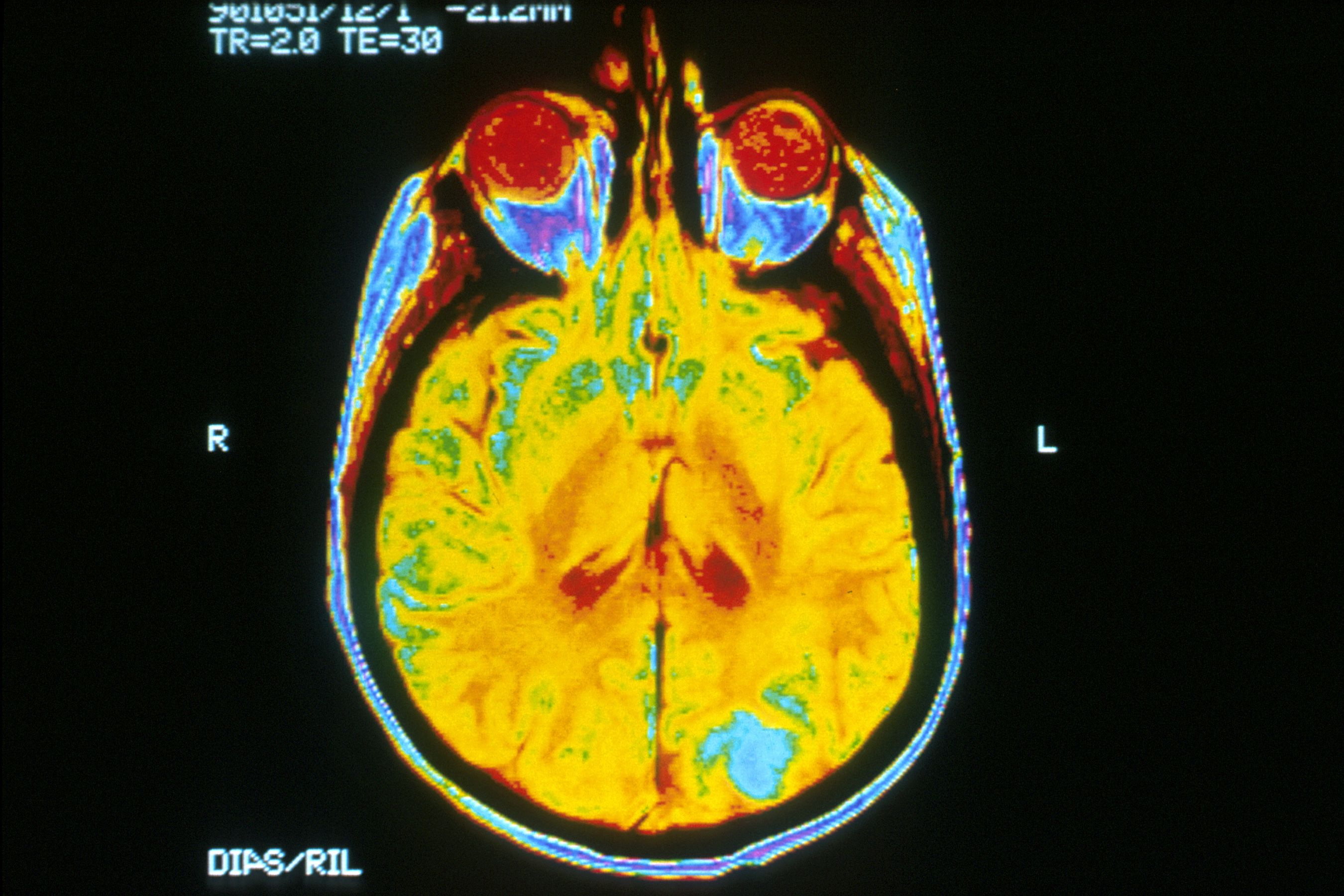The absence of a signaling molecule produced by the brain’s nerve cells stops the growth of certain brain tumors, according to a recent study by a group of researchers at Stanford’s School of Medicine.
The study, published online earlier this month in Nature, showed that, when the signal of the molecule neuroligin-3 is disrupted, human brain cancers called high-grade gliomas do not spread in mice. According to Michelle Monje MD ’02, PhD ’04, assistant professor of neurology and senior author of the study, interrupting the neuroligin-3 signal could be an effective strategy for treating high-grade gliomas in human patients.
The study’s lead author is sixth-year PhD student Humsa Venkatesh.

High-grade gliomas include aggressive brain tumors such as adult glioblastoma, the cancer recently diagnosed in U.S. Senator John McCain of Arizona. One form, called anaplastic oligodendroglioma, has a five-year survival rate of 60 percent, while the rates for two other types fall at around 10 percent. A tumor found in children called diffuse intrinsic pontine glioma has the poorest prognosis, with a virtually nonexistent survival rate.
In their research, Monje’s team studied mice genetically engineered to not have neuroligin-3 while still possessing mostly normally-functioning brains. When researchers implanted any kind of human high-grade glioma into the brains of these mice, the cancer cells did not show signs of growth for several months.
As Monje told Stanford Medicine’s News Center, the absence of neuroligin-3 does not kill the high-grade glioma. Instead, the cancer cells remain in the brain but do not grow. However, she added, 4.5 months after implantation, tumors in some mice had ceased to be dependent on neuroligin-3 and began to grow again.
These findings build upon previous research published by Monje’s team in 2015 showing that neuroligin-3 caused high-grade gliomas to grow. Neuroligin-3 is linked to the functions of a healthy brain, and Monje’s team’s research provided further evidence of cancer’s ability to hijack an organ’s normal processes.
Further research is needed to show more specifically how neuroligin-3 functions in glioma cell growth, Monje said. Her team has already conducted follow-up experiments to examine the relationship between specific cell signals of neuroligin-3 and the division of glioma cells.
At the same time, researchers are exploring blocking neuroligin-3 as a possible treatment for gliomas. Using mice with normal neuroligin-3 brain signaling and human high-grade gliomas, Monje’s team tested the potentials of two different neuroligin-3 inhibitors for disrupting glioma cell growth. One of the inhibitors is currently under clinical trials as a potential chemotherapy for other cancers outside of the brain.
“We have a really clear path forward for therapy; we are in the process of working with the company that owns the clinically characterized compound in an effort to bring it to a clinical trial for brain tumor patients,” Monje said. “We will have to attack these tumors from many different angles to cure them. Any measurable extension of life and improvement of quality of life is a real win for [glioma] patients.”
Contact Cindy Kuang at ckuang ‘at’ stanford.edu.
